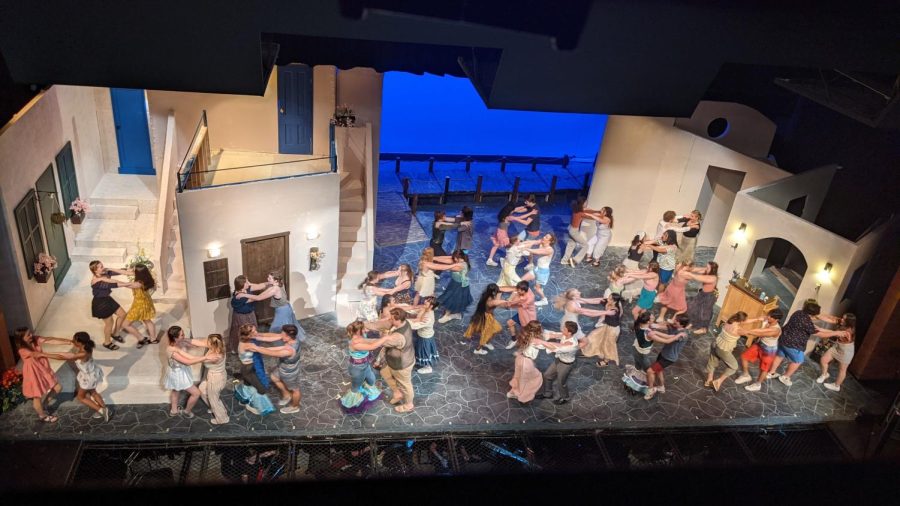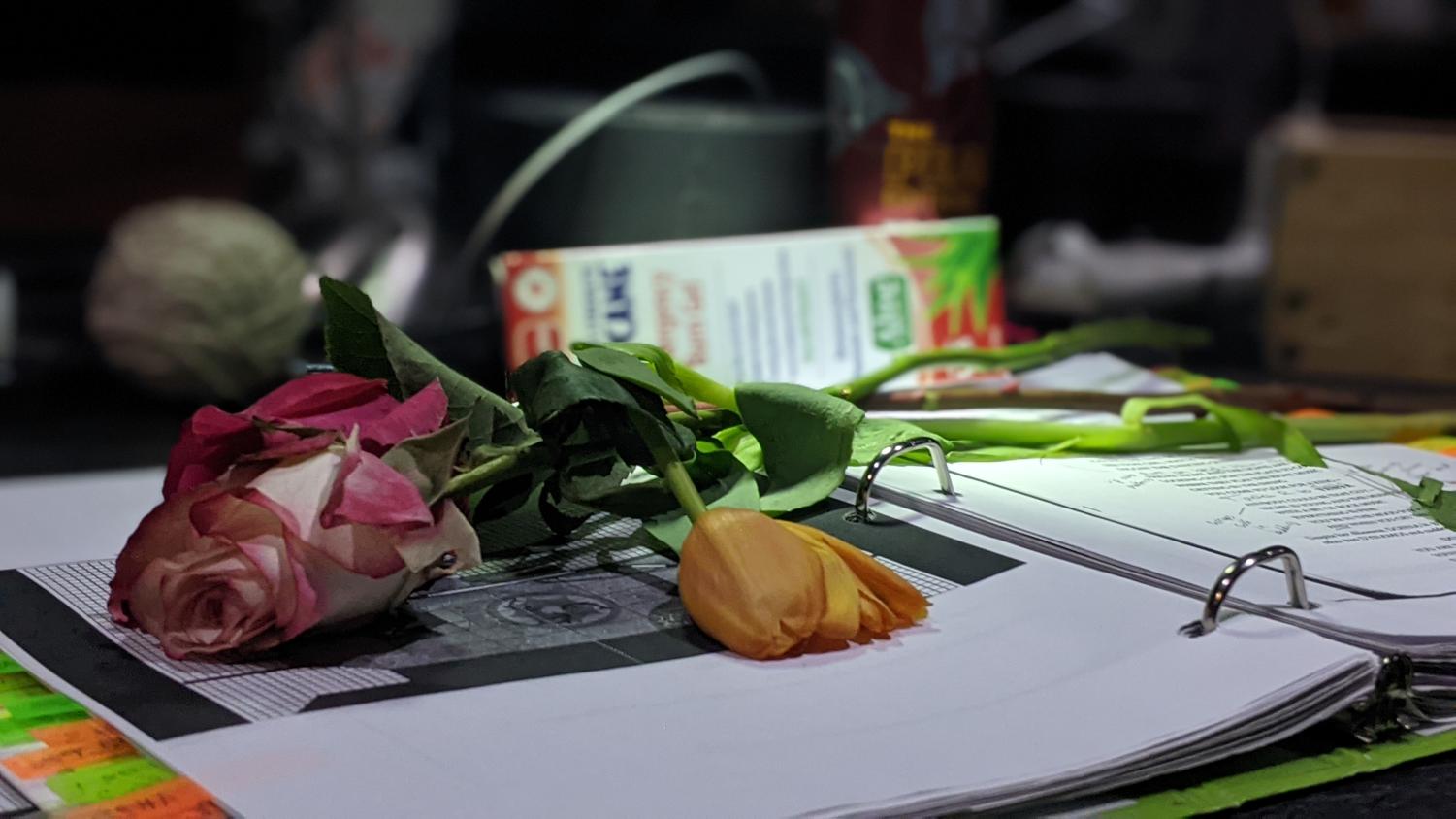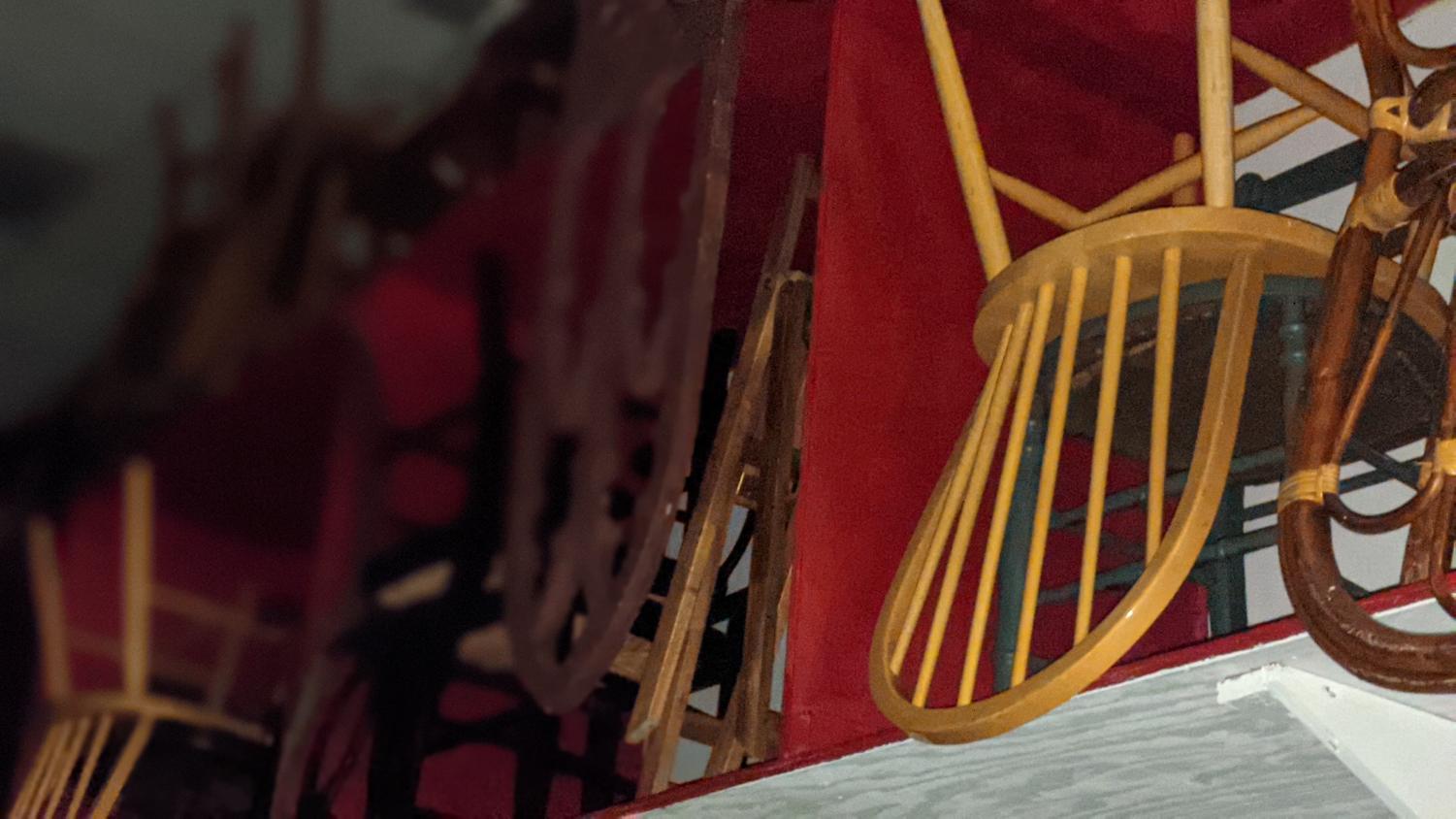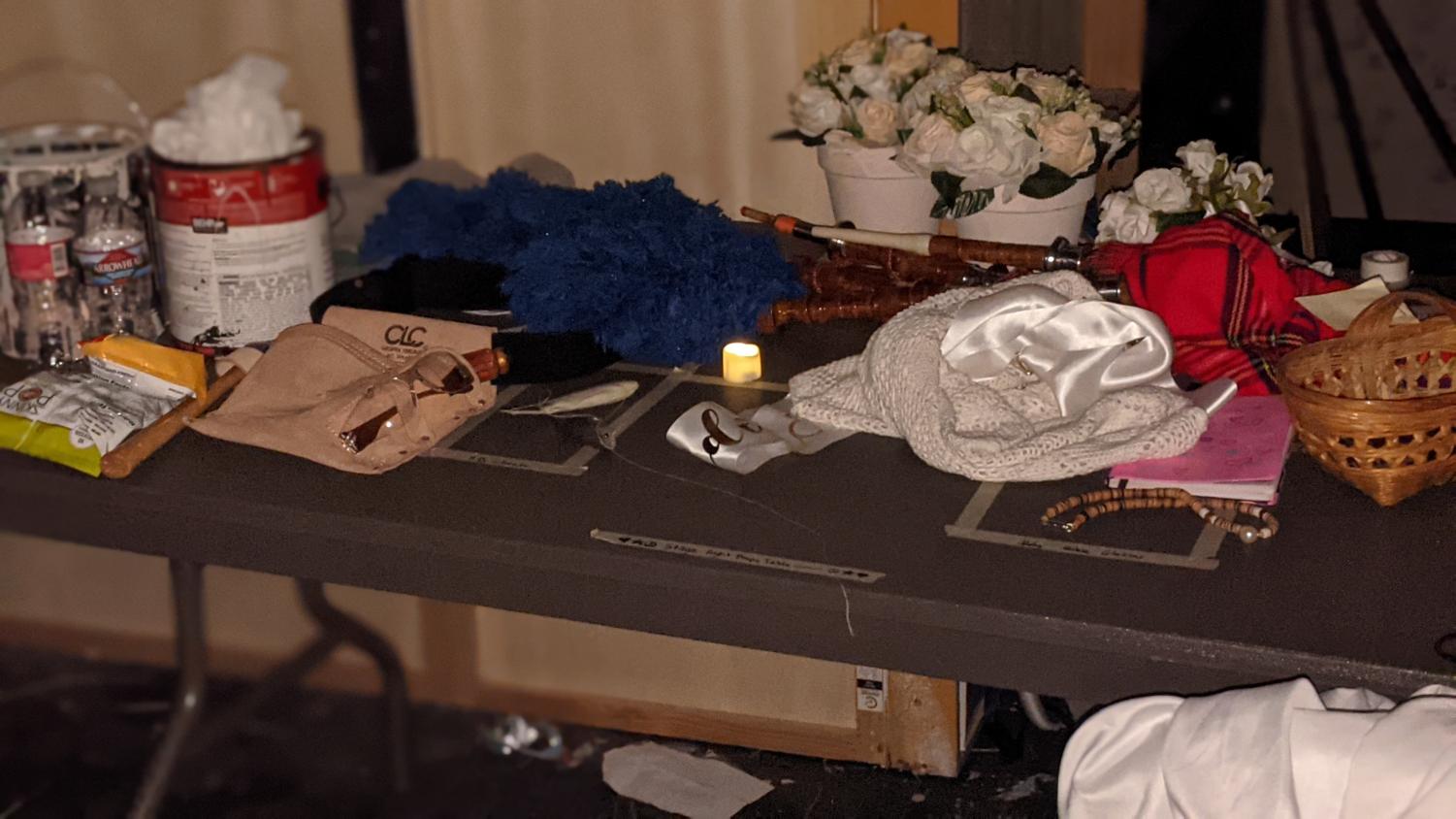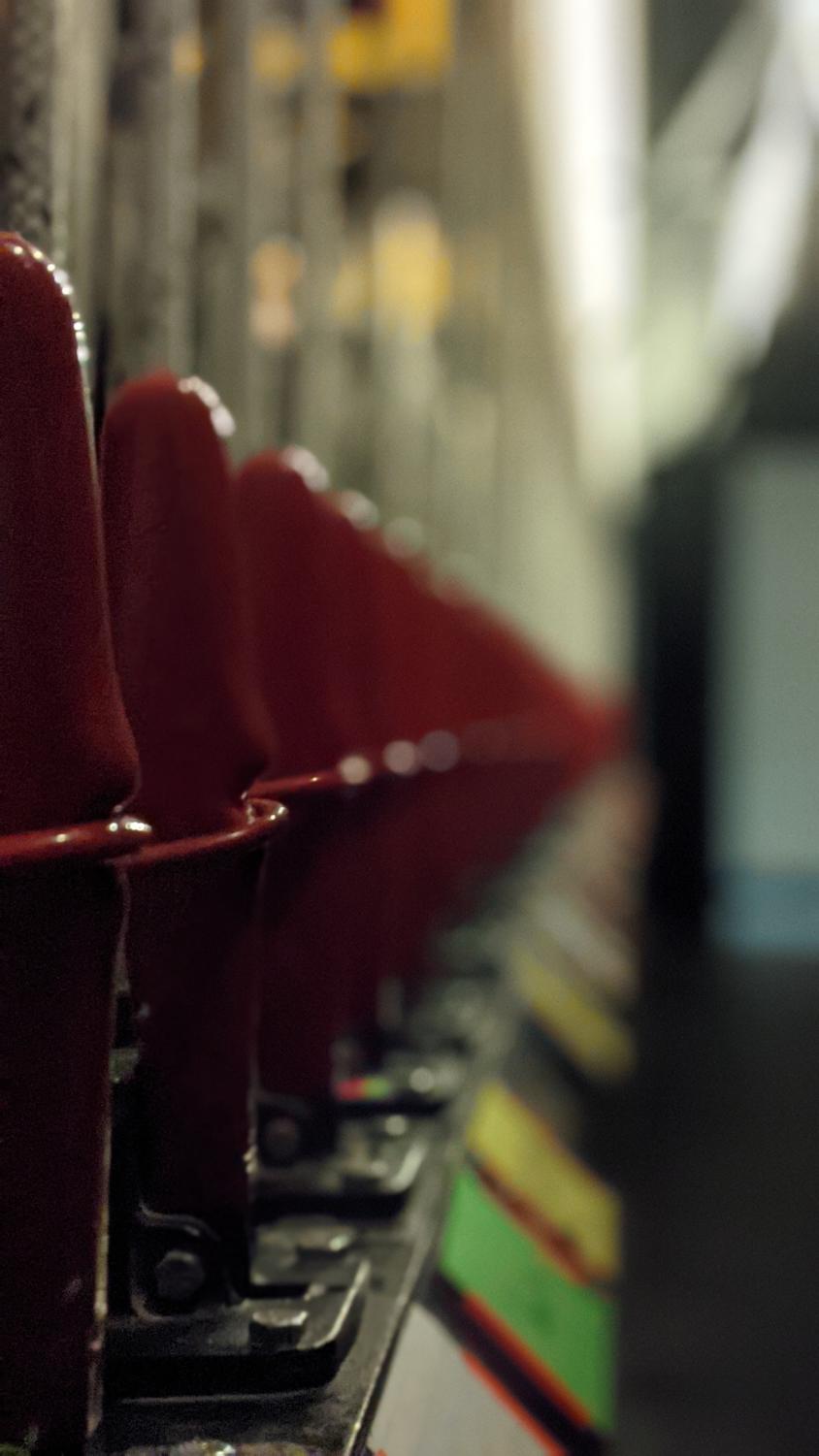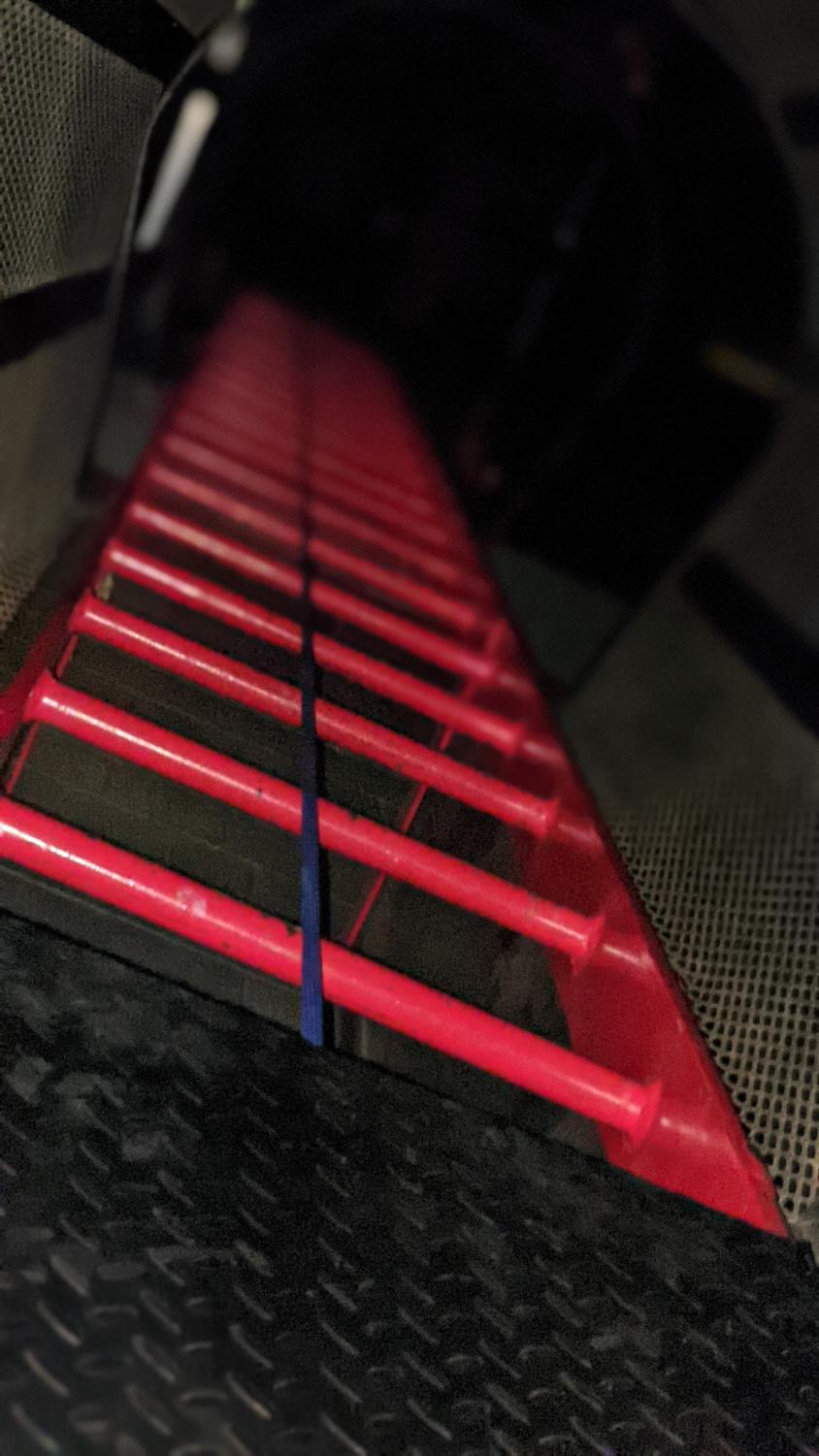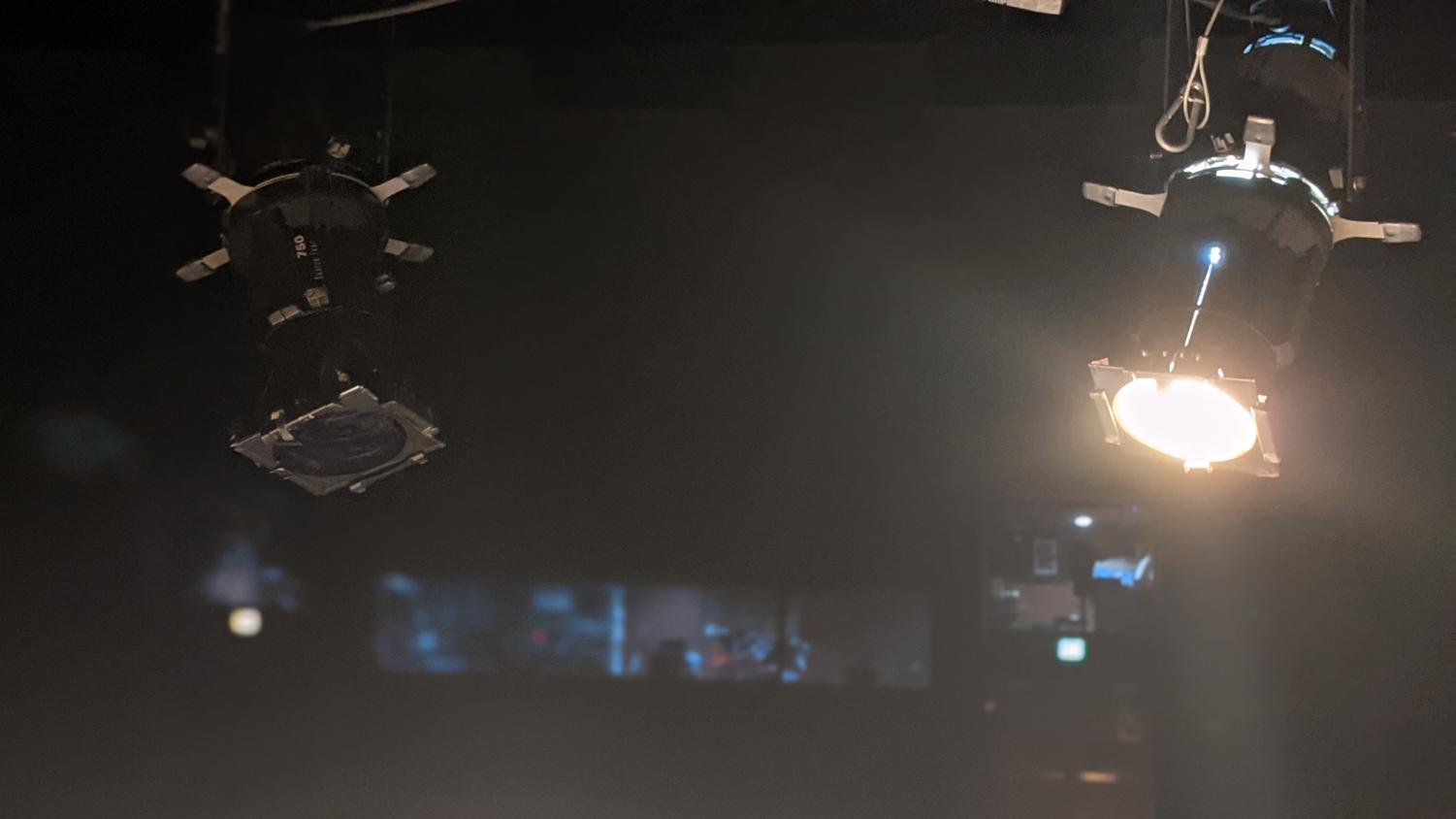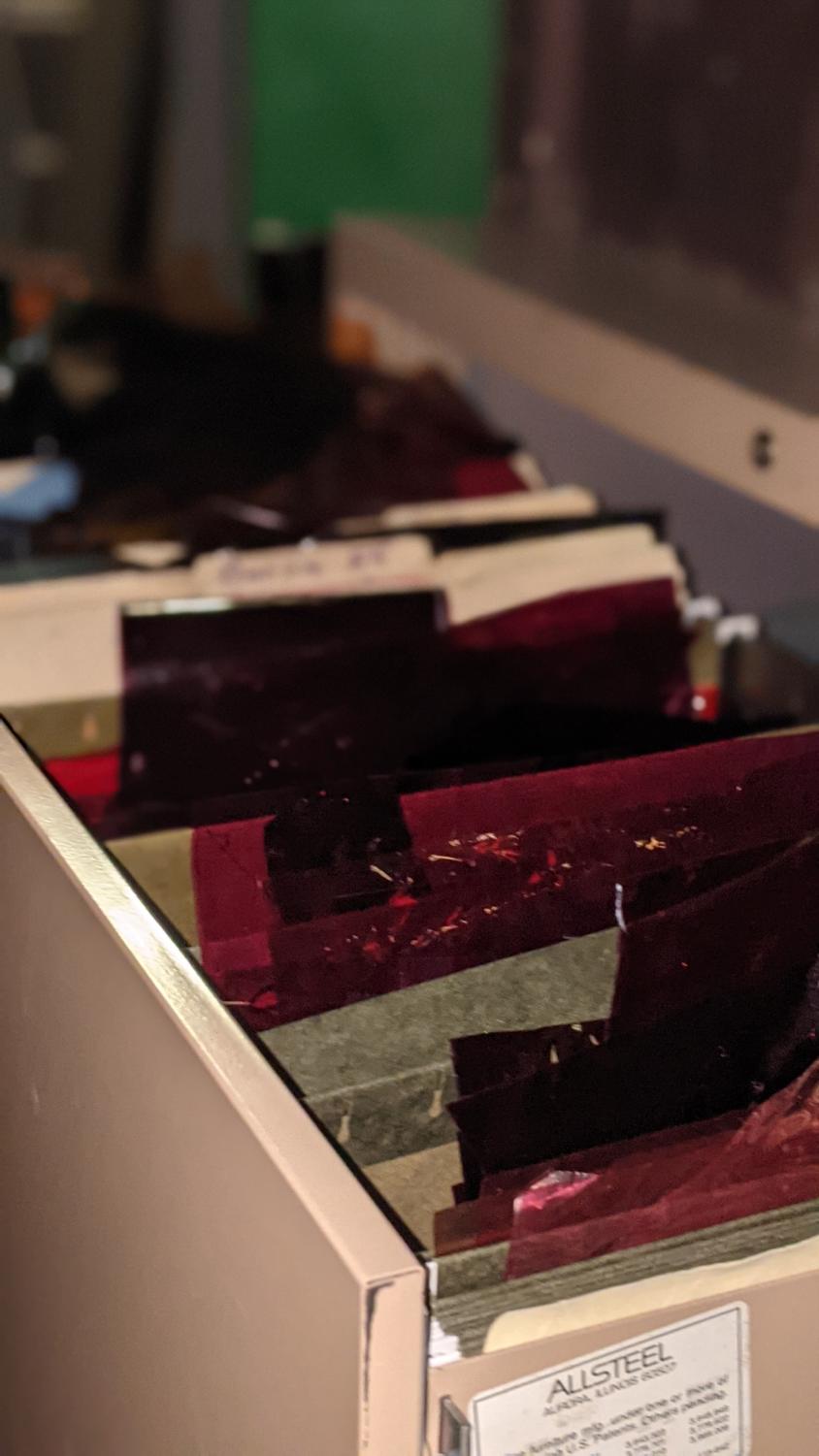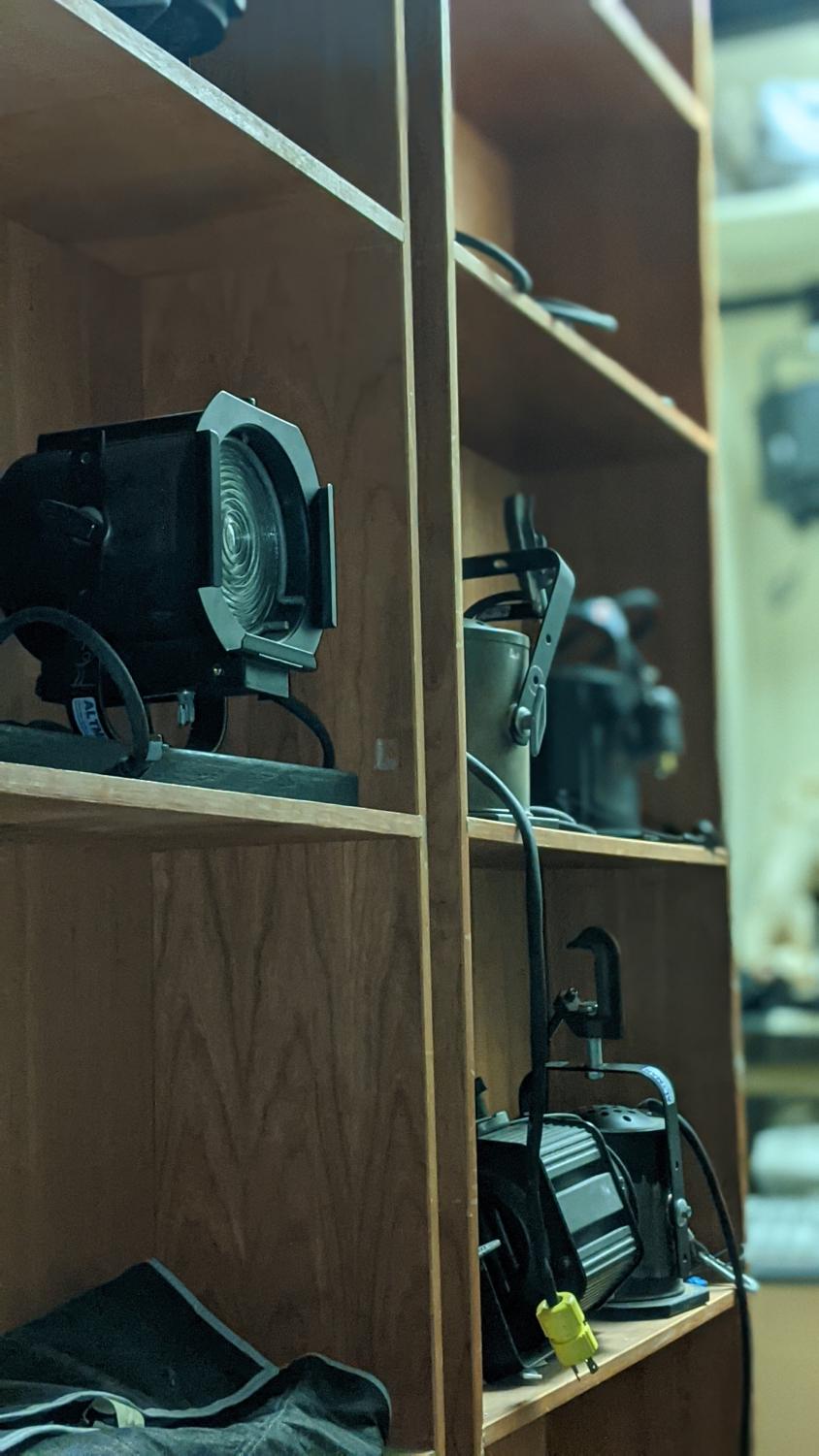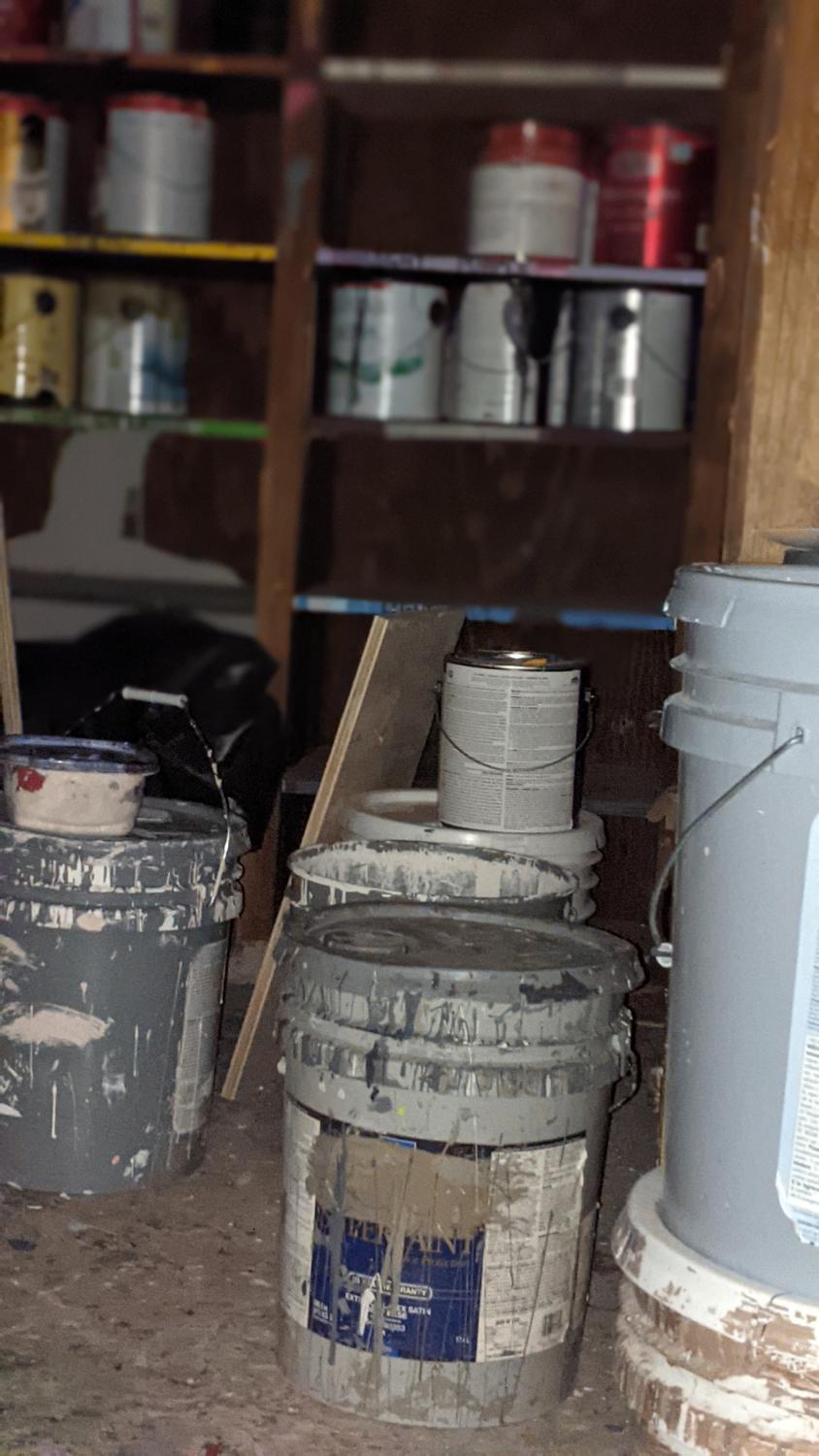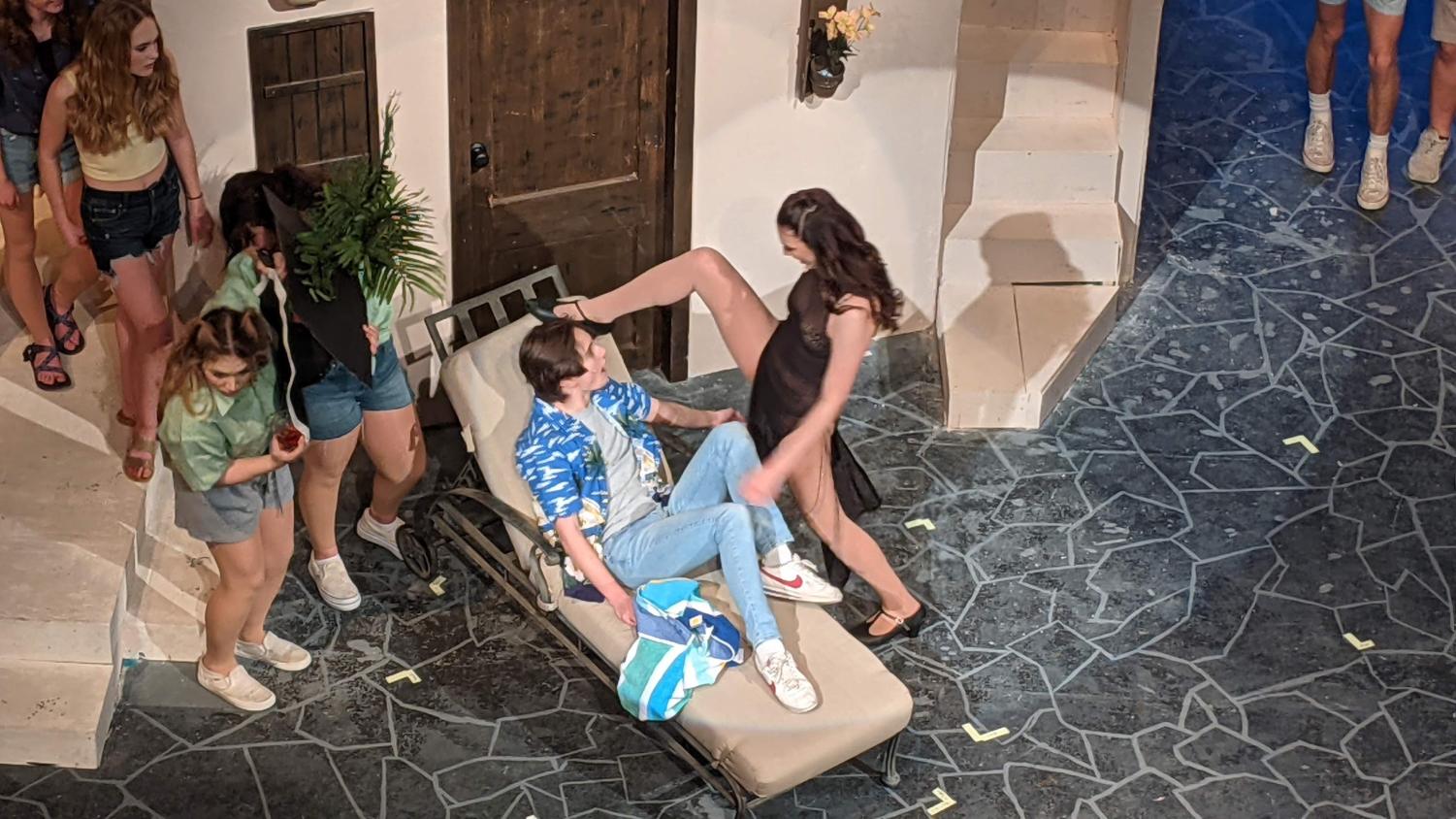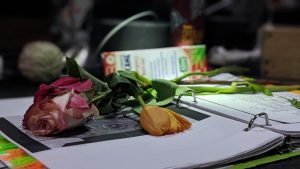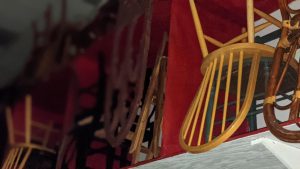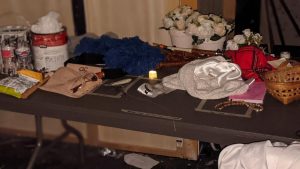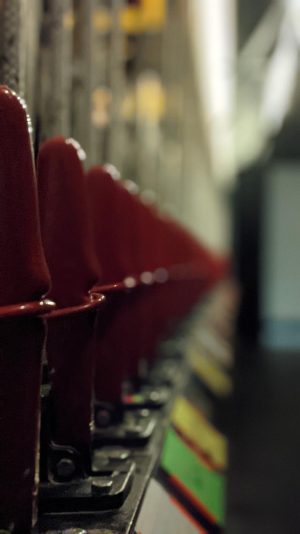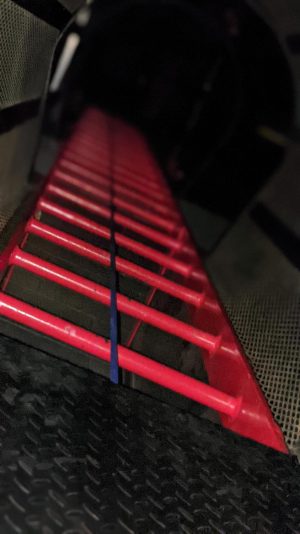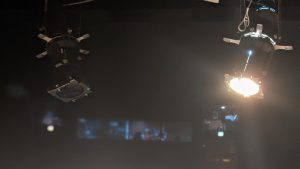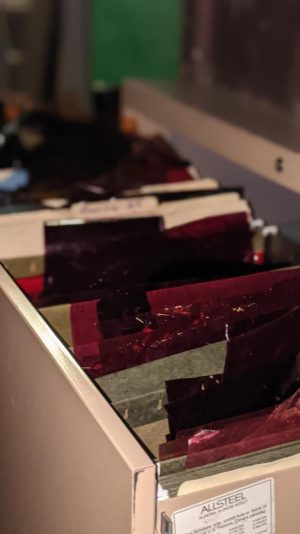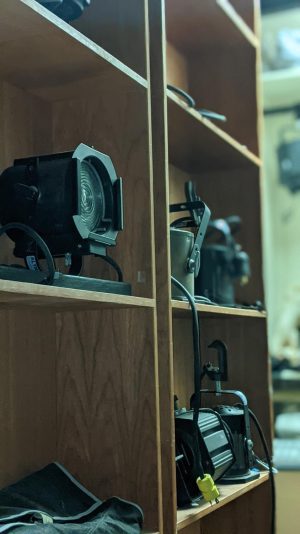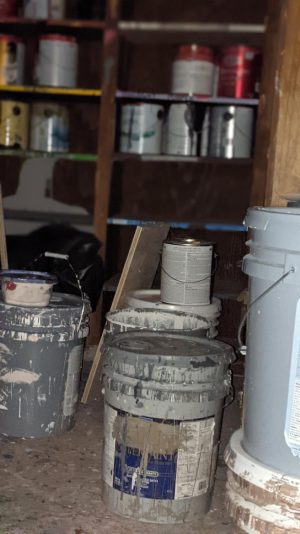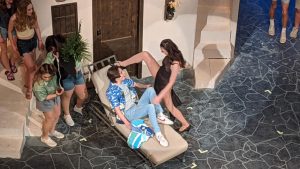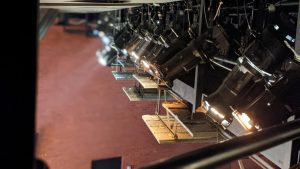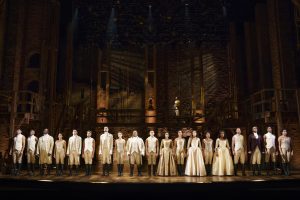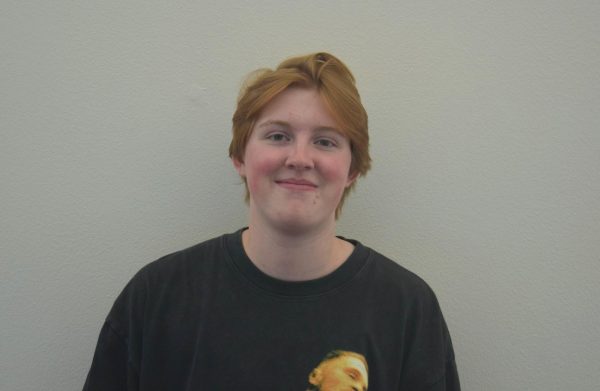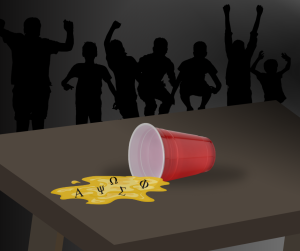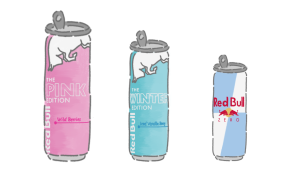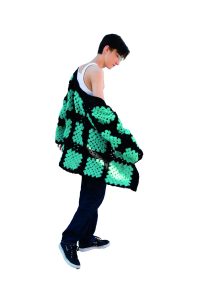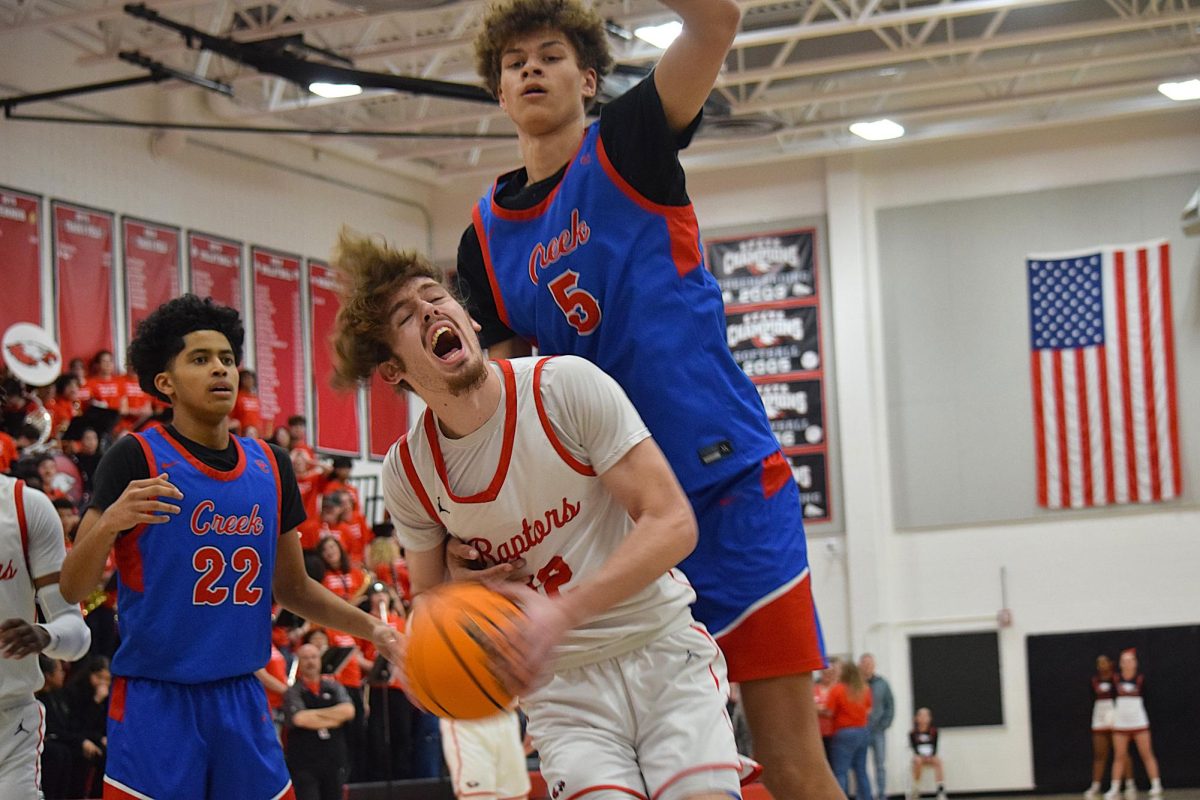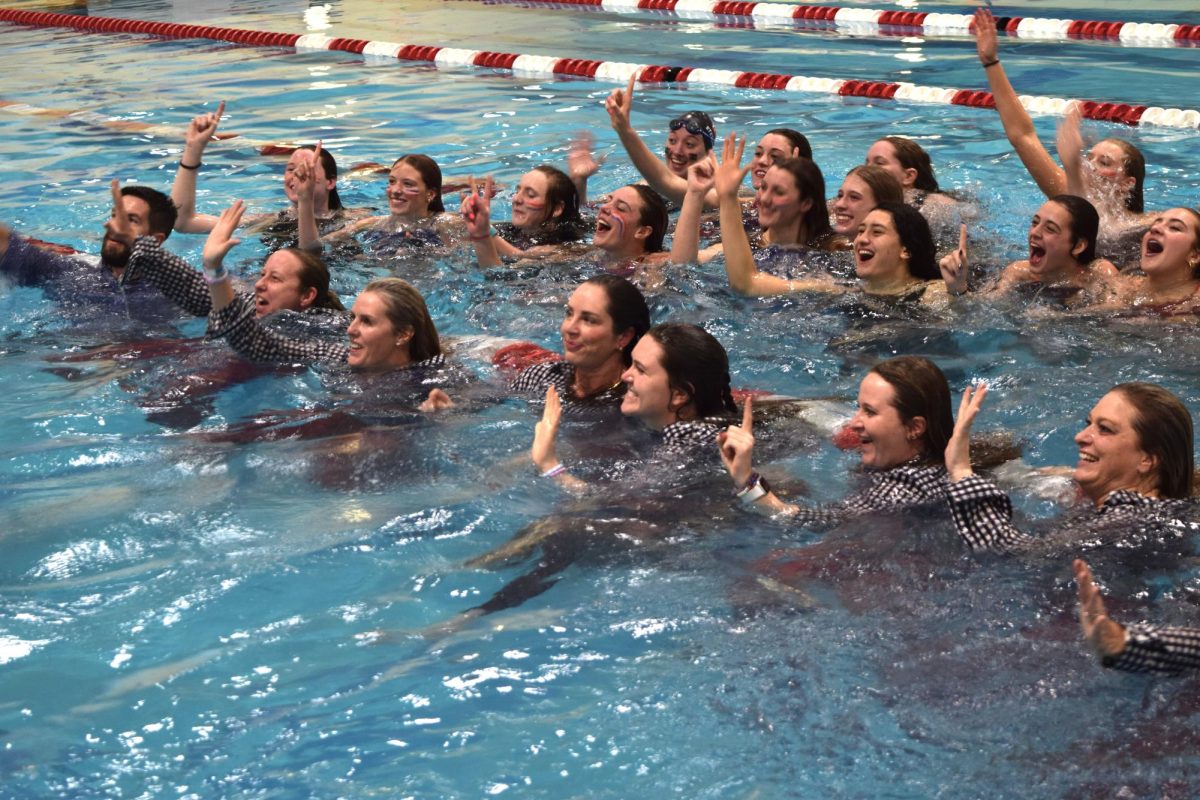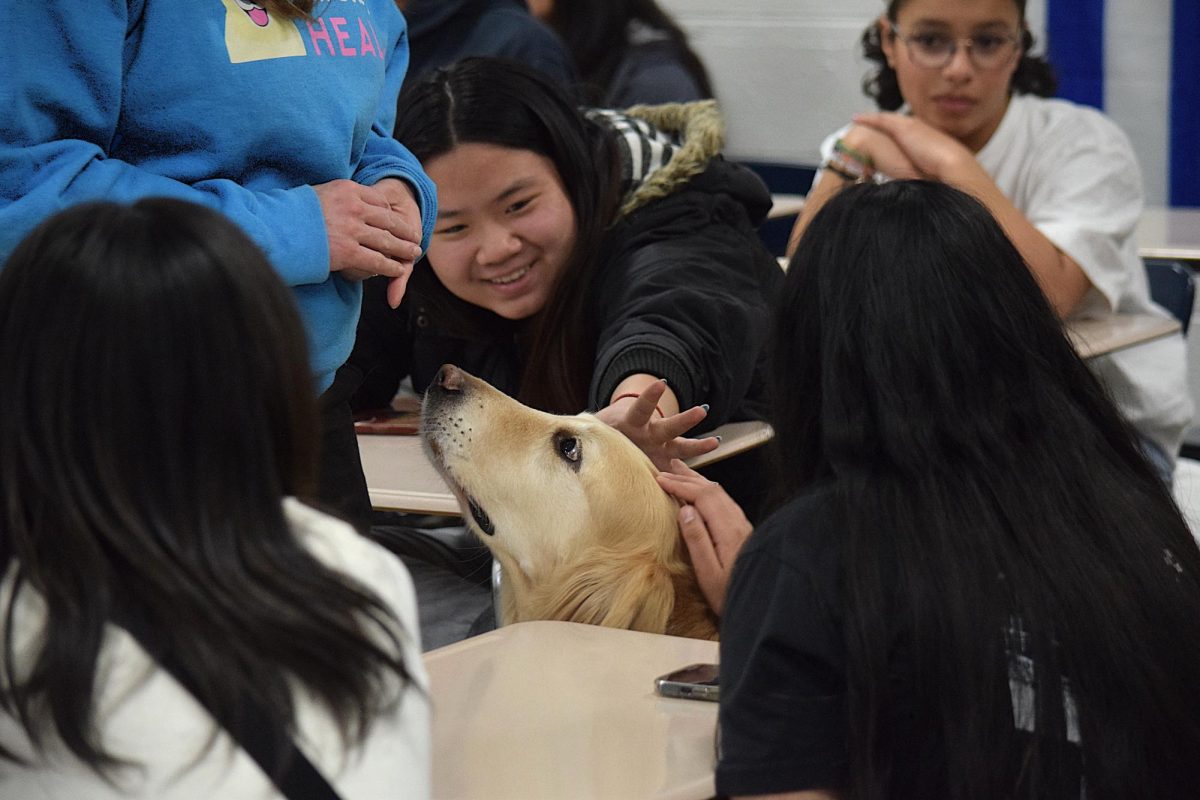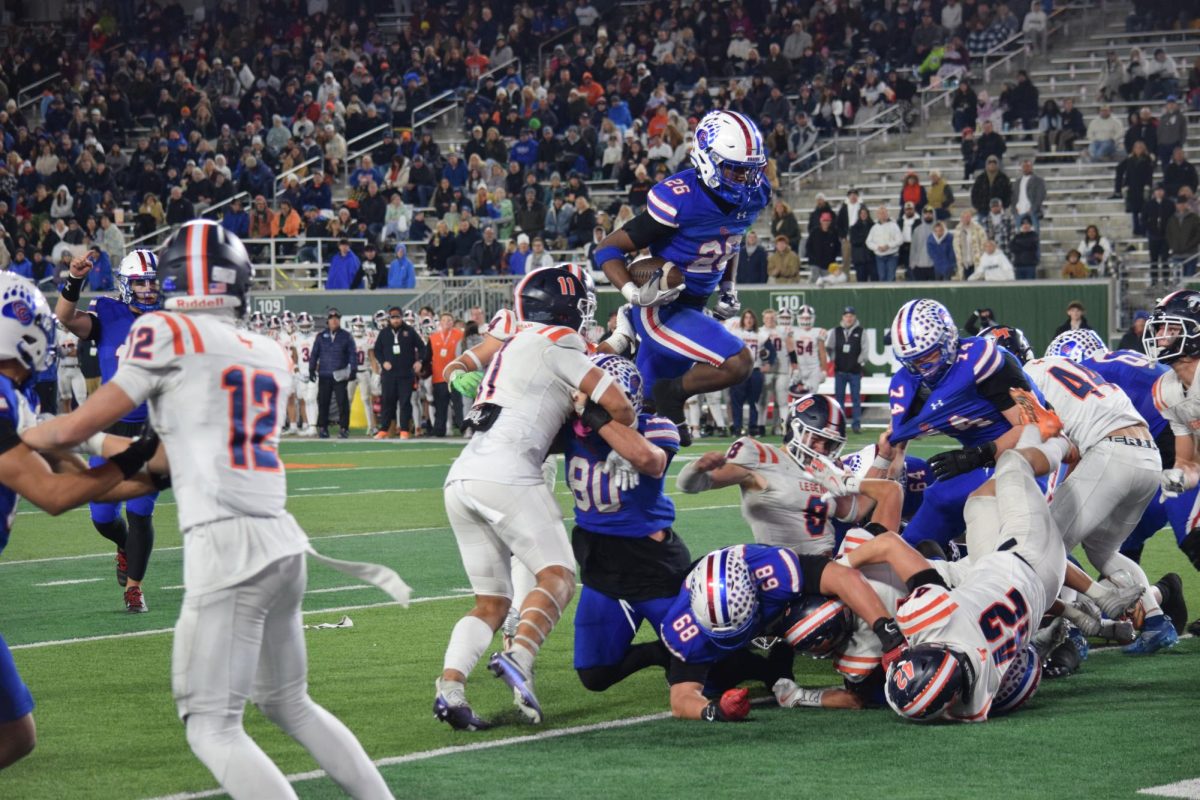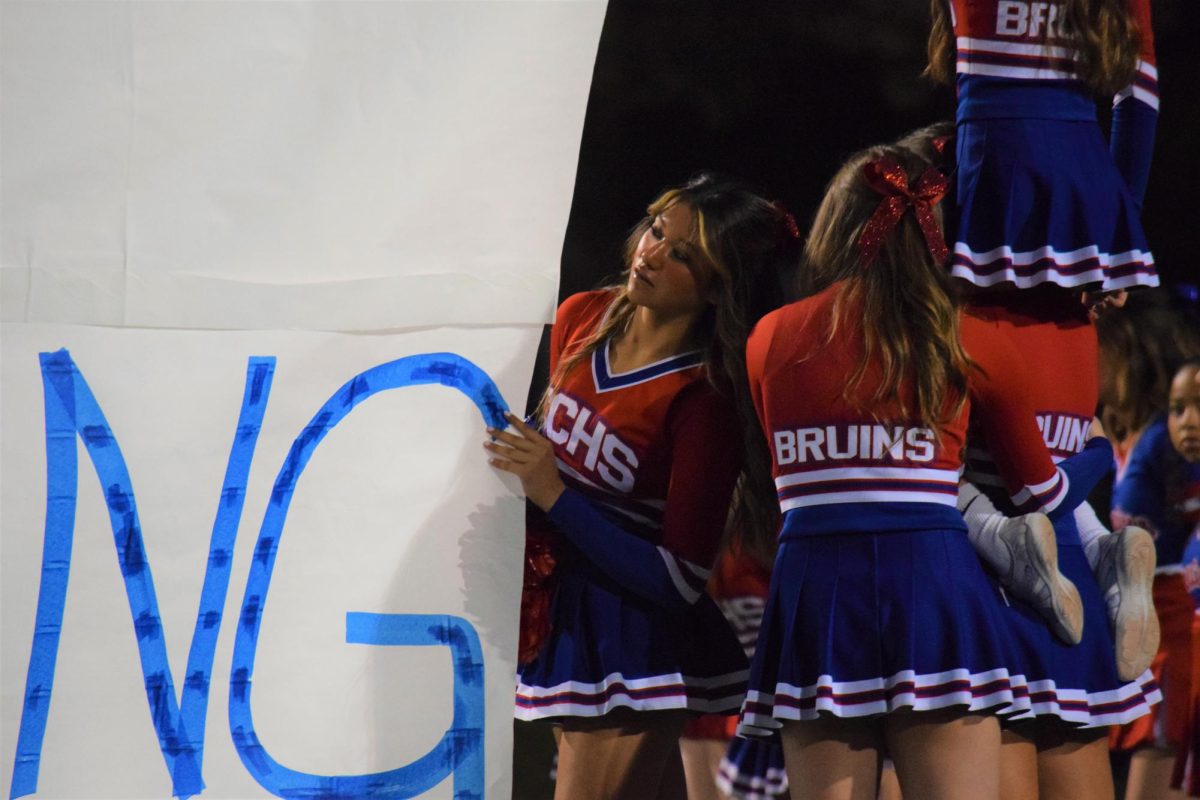See snapshots of what it was to work on Creek’s spring musical
Quinn Rudnick
Whether you’re in the main cast, a lead role, the ensemble, or the tech crew, many would agree that theater gives you the freedom and opportunities to design and create what you want. “The directors push you to be the very best you possibly can. The entire program pushes you to the best of your ability,” senior Caleb Meyerhoff, who played Harry in Mamma Mia, said. “Yet, there never fails to be a welcoming presence amidst the theatre, students and directors alike.”
Quinn Rudnick, Managing Editor
April 27, 2022
As soon as students returned from winter break in early January, Creek theatre dove headfirst into their second production of the year, “Mamma Mia!.” Students divided up into different groups, each with their own jobs to complete before the show opened in early March.
From a construction standpoint, the fly and construction crews worked to build the set, which included one two story building, an arch stretching over the stage, a false floor, and a small bar. The set was designed to look like traditional Greek architecture, and was textured to have a rough appearance. The fly crew worked to build a bedroom that could be lowered onstage with an extending bed.
Throughout the show, the lighting crew worked to design a plot that included three special setups, five sconces that would be hung on the set, and the other lights in the theatre. Four spotlights followed the actors throughout the show, their handlers all seated in the catwalks above.
The sound crew worked to collect sound effects such as ocean waves and cawing seagulls to play during the show. Each lead actor in the show needed to have a microphone hooked up to the sound system, and even some singers backstage needed a mic to have their voices projected to the audience.
The stage management team sat in on every rehearsal and took copious amounts of notes and wrote down blocking in order to be able to communicate with tech about how the show was going to work. In addition to studying blocking, the stage manager also worked with the associate directors to understand where actors would be and what needed to be altered.
Every part of the theater worked together to create one product; an elegant piece of art that could be understood by the audience and used by the actors.
This is what Creek’s production of “Mamma Mia!” looked like from a backstage perspective.
-
For every show Creek theater puts on, there are two Assistant Stage Managers (ASMs) and one Stage Manager (SM). Throughout the rehearsal process, all three members of the stage management team take copious amounts of notes, writing down blocking, spacing, and additions. For Creek’s latest production, Mamma Mia, senior Lizzie Esses was the stage manager alongside the two assistant stage managers, junior Amelia Mindlin-Leitner and senior Claire Koenig. “During the actual shows, we got to be on a com in order to communicate and get our cues from Lizzie,” Koenig said. “Then from there, Amelia and I could give our cues to tech.” During the show, the SM would sit in the lighting and sound booth, and throughout the shows the table where they sat would become cluttered with roses from the audience, empty starbucks cups, and numerous rolls of gaff tape used to protect vital cords on the stage.
-
Along the sides of the stage, there are two narrow corridors, roughly claimed by both the props and lighting crews. During the rehearsal process, the props crew resides in the Props Hall and works to collect all of the necessary items to put on a show. For Mamma Mia, there was a multitude of props needed, ranging from boas to bagpipes. “The general process is to read the script, make a list, then buy [the props],” Mamma Mia Props Master freshman Norah Armstrong said. “Sometimes, the directors would ask for different props, which would put a few bumps in the road.”
-
During the show, a few selected members of the props team serve as the props backstage crew. Their job is to deliver all of the props to the actors as they come onstage for their next entrance. The crew is generally made up of two to four members, each of whom have certain props that they each give to the actors as they pass backstage. “I would include my crew with anything I did as a crew head and would try to have a fun time with them because the show goes by so fast,” freshman Norah Armstrong said.
-
For most productions, Creek uses the fly system to lower and raise hanging set pieces onto the stage during shows. “To rig things we start with attaching top and bottom hangers so that the set piece can actually fly,” junior Jo Ridgeway, Associate Fly Head for Mamma Mia, said. “Then we attach the rope (wire) with saddle bolts and shackles. These just keep the wire from slipping through the hooks. Then we attach the ropes to the batons with saddle bolts.” After that process, the set piece is ready to fly in and out using the pulley system.
-
Because the fly system holds very large items such as the curtains, projection screen, and other set pieces, it stretches up way above the stage into the grid, which is where the batons are reweighted to make sure they won’t be too hard or easy to bring in on the pulley system. “[On fly crew] you get to climb up to the grid which is 60 feet [above the stage] and reweight battons (which are used to fly sets in and out) which is super cool!” junior Jo Ridgeway said. “Overall fly is a very fun experience that I’ve definitely enjoyed.”
-
During Mamma Mia, the lighting crew worked to electrify a baton, which means that by extending cords from an existing electrical baton to a regular one, you’ll have more room to hang lights. “Electrifying a baton is a delicate process that can be very stressful,” sophomore Soli Mamet said. “There are two different ways that you can electrify a baton, one way is extending a cord from the grid to connect to a baton, the other way is stretching a cord from an electric to an electrified baton.”
-
Throughout the rehearsal process, the lighting crew hangs all of the lights needed for the production as well as chooses their colors through a process called gelling. Each light has a small slot where you can insert a colored plastic slip that will illuminate the stage in a different color. As it gets closer to the show, lighting holds special days, called dark days, to focus all of the lights in the theater, as well as test colors and setup. “Dark days are when everything in the theater is turned off, so there’s no light and then you focus the lights that you have hung into sections,” sophomore Soli Mamet said.
-
The set was designed to look like traditional Greek architecture, and was textured to have a rough appearance.
-
After the set is completed, the paint crew uses the last few days of rehearsal time to turn the mix & match of wood used in the building into a masterpiece of specific colors and patterns. “Creating a theme or a concept is always the first step: finding reference images, selecting colors that fit the “feel” of the play, and deciding textures,” junior Salem Hansen, Scenic Artist for Mamma Mia, said. “Once that’s done, I match all of the colors from the original photos through mixing the paints we have left over in the shop. Detailing is done once the entirety of the set has been painted, and we most frequently use sponging and dry brushing to achieve those effects.”
-
During the show, senior Alex Mitchell, who played Pepper (left) danced with junior Eliana Yokomichi, who played Tanya (right) in the iconic “Does Your Mother Know” scene. “Playing Tanya in Mamma Mia was one of the most fun roles I have been cast in. I love comedic roles anyway, and Tanya is hilarious, she is outrageous and over the top.” Yokomichi said.

